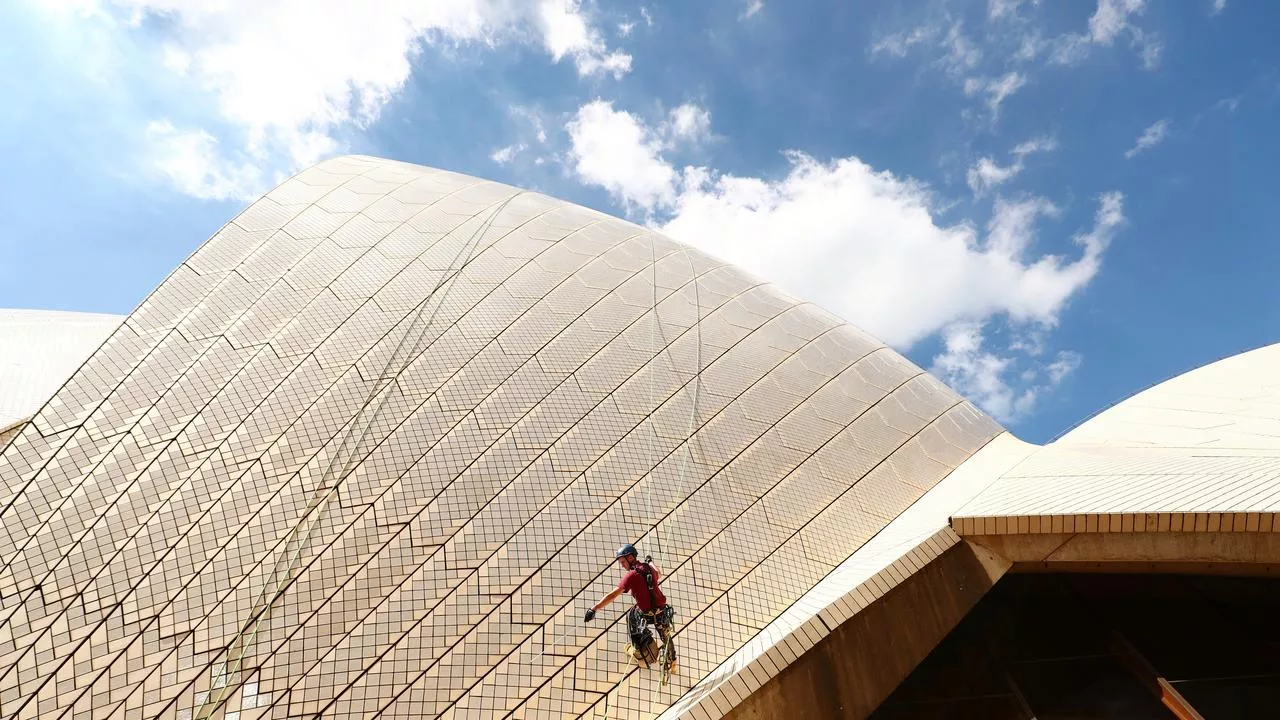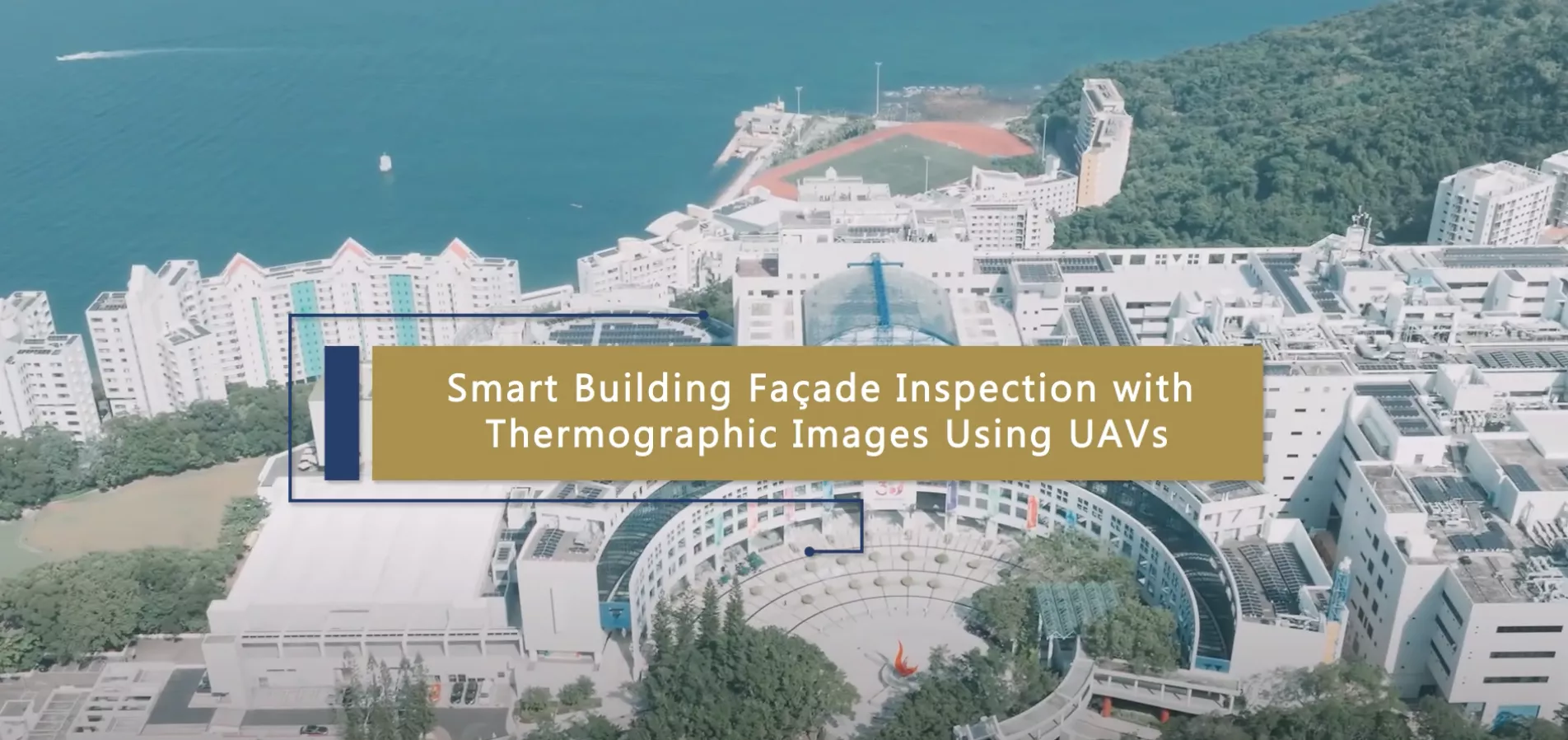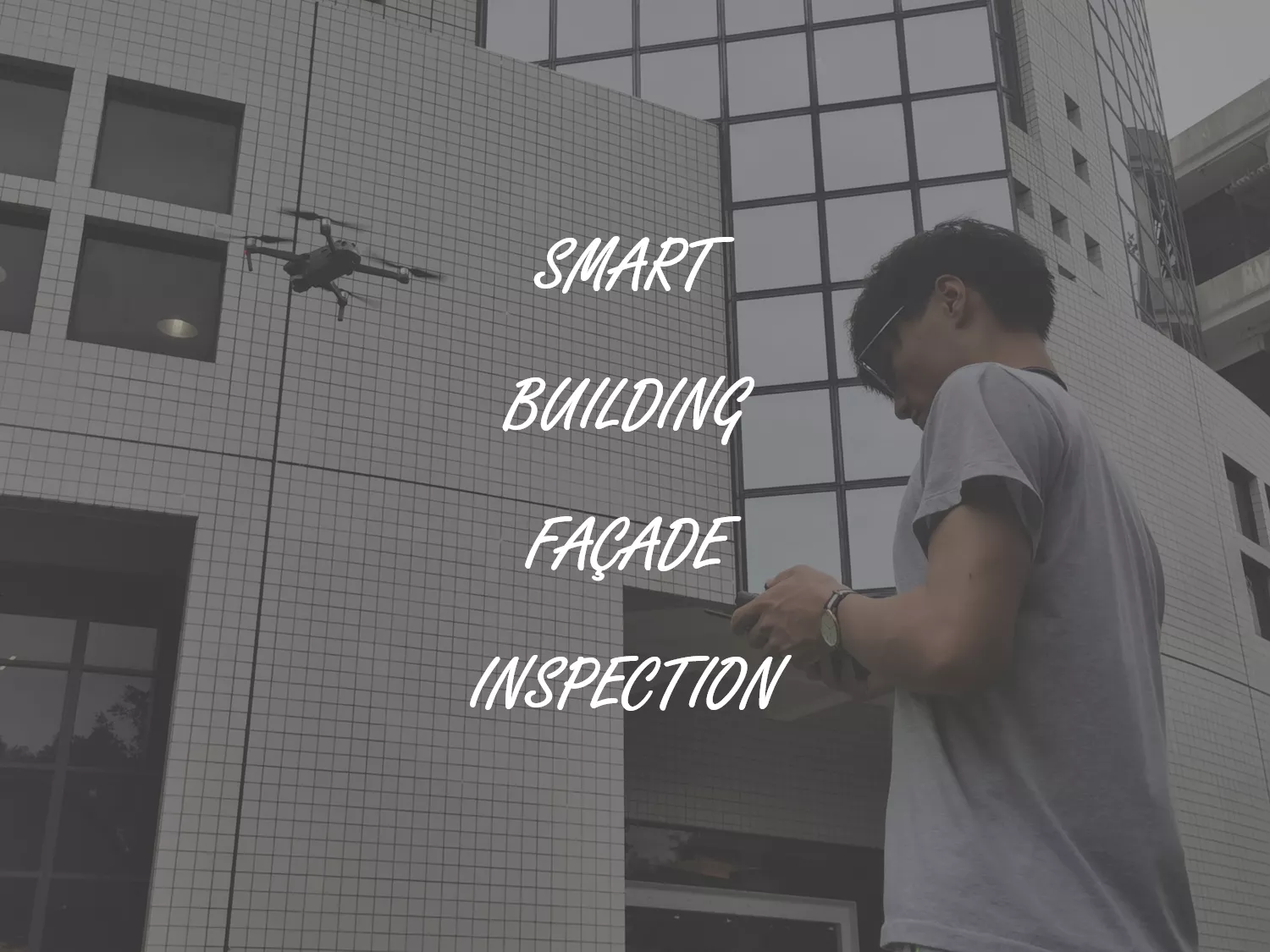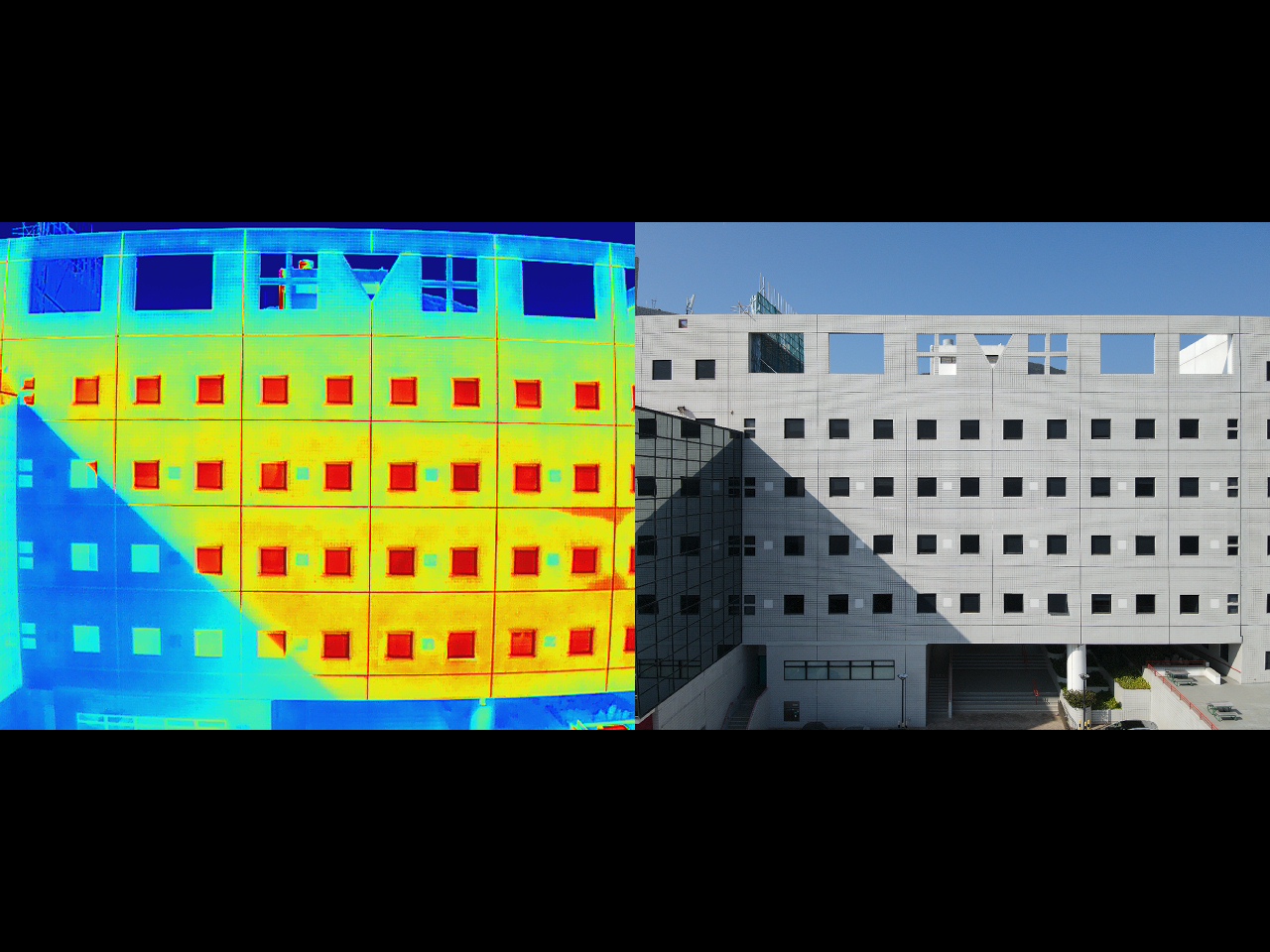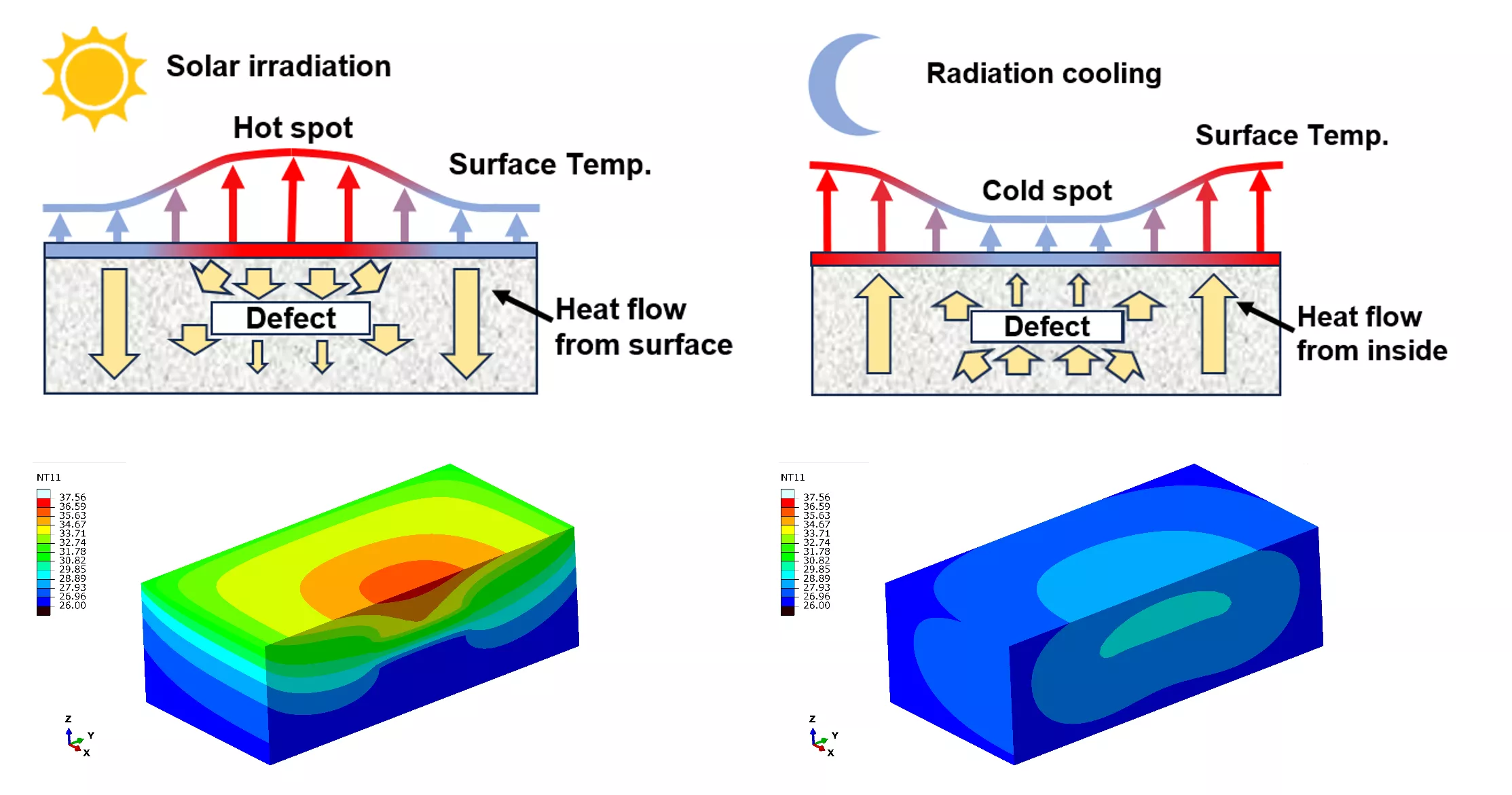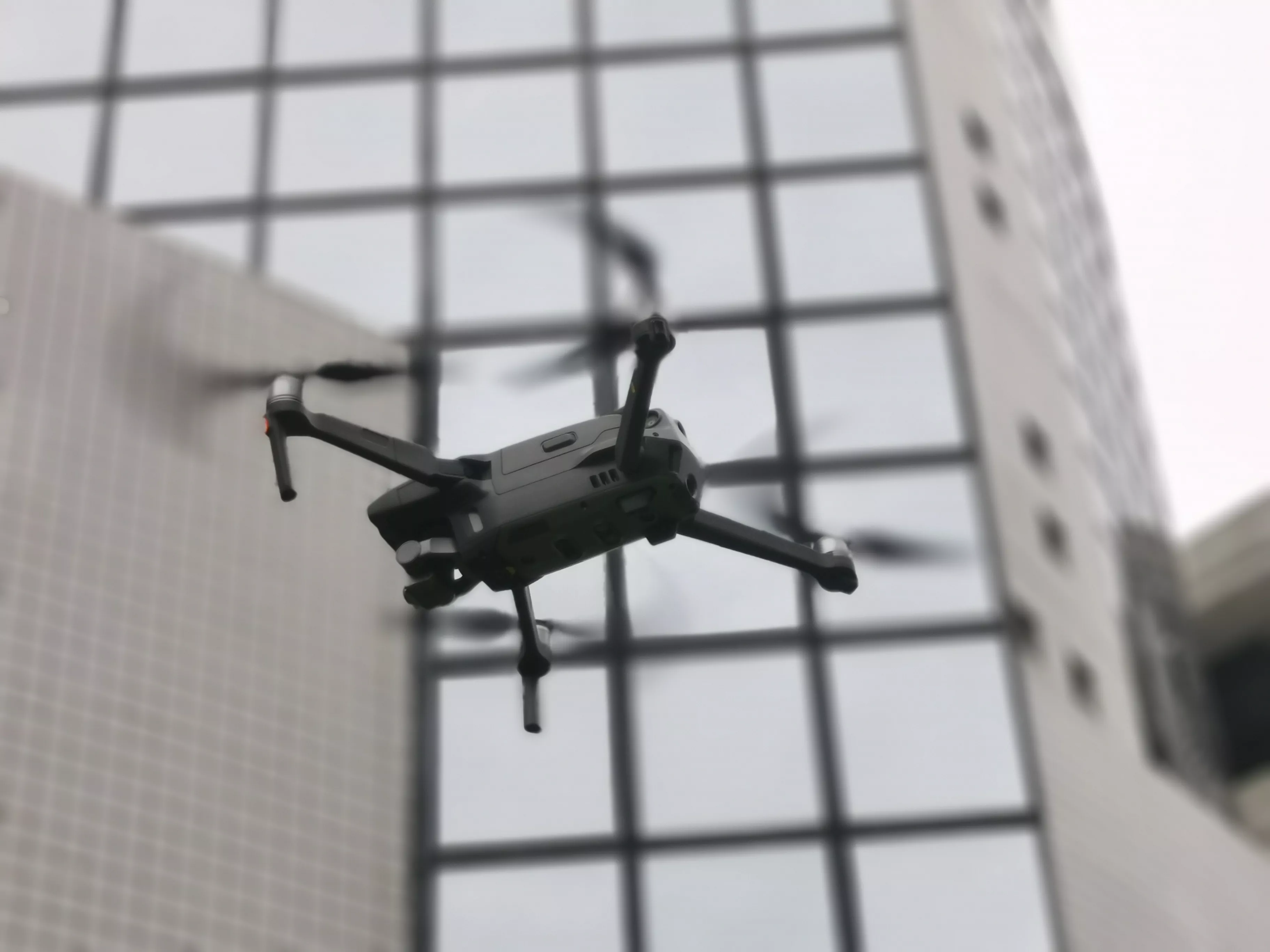Smart Building Façade Inspection with Thermographic Images Using Unmanned Aerial Vehicles (UAVs)
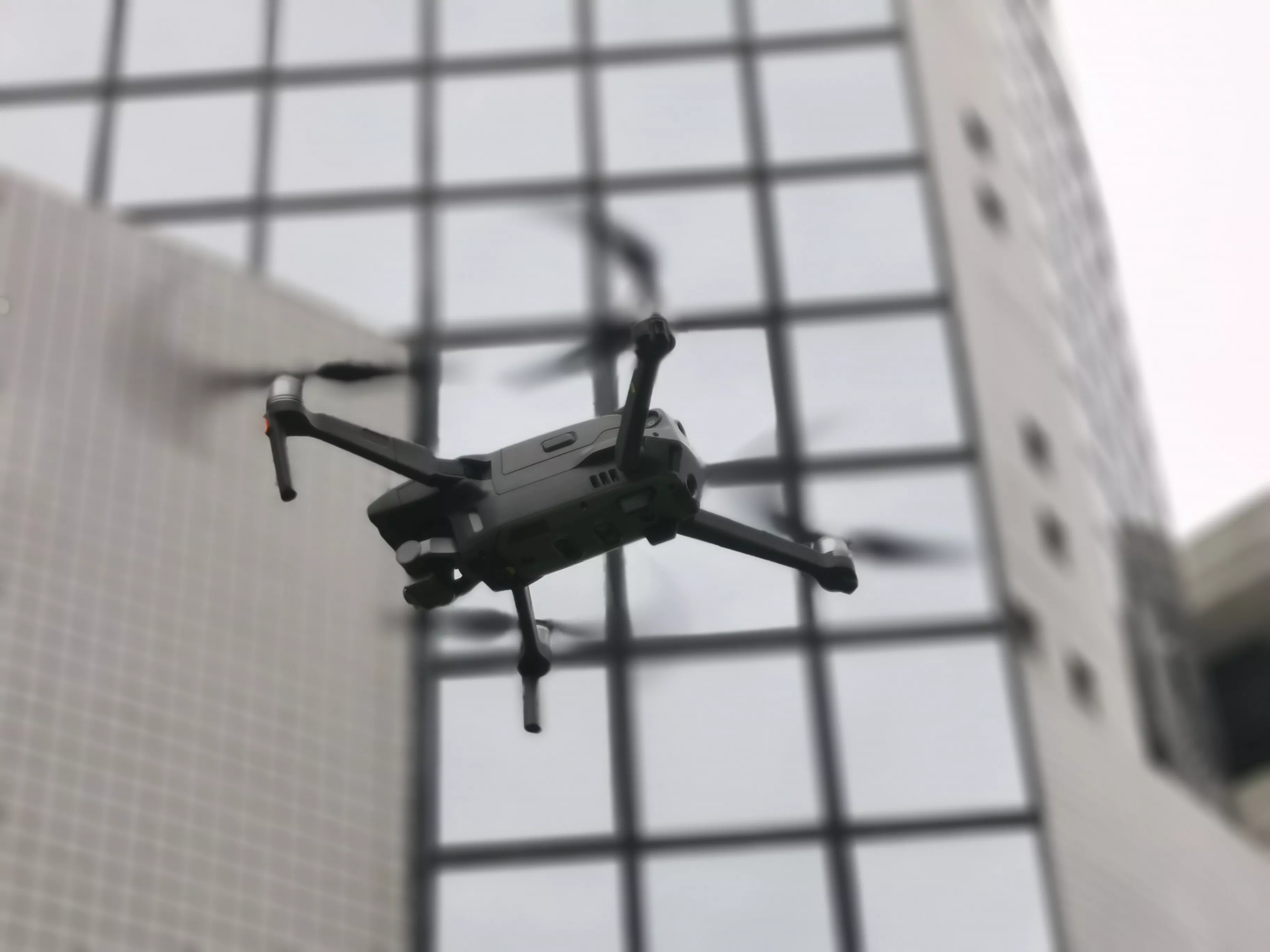
Smart Building Façade Inspection with Thermographic Images Using Unmanned Aerial Vehicles (UAVs)
The project aims to revolutionize building façade inspection on the HKUST campus. It leverages the advancements in UAVs and thermographic cameras to overcome the limitations of traditional methods, such as the time-consuming and expensive 'tile-tapping' test. This project proposes using UAV-based thermographic images to detect tile interface damage, taking advantage of temperature variations on the tile surface caused by underlying defects. Preliminary results have shown promising potential in detecting tile delamination. By translating research findings into practical applications, this project contributes to the smart and sustainable objectives of the campus while fundamentally changing the building inspection strategy.
What is the problem this project is trying to address?
The problem this project aims to address is the inefficiency and limitations of traditional building façade inspection methods on the HKUST campus. Most buildings on campus are covered with tiles, and as they age, the risk of falling tiles poses a direct threat to the safety of students and faculty. The current method of inspecting loosening tiles involves the time-consuming and expensive 'tile-tapping' test, which requires erecting scaffolding and manually tapping each tile to identify hollow areas. This process disrupts campus life and can only be carried out sparingly, typically every five years. The high cost of scaffolding and associated expenses further contribute to the financial burden. The project aims to develop a smarter and more sustainable solution using UAV-based thermographic inspection to detect tile interface damage. This will provide a more efficient and frequent inspection method, ensuring the safety of the campus community and fundamentally changing the building inspection strategy on campus.
How does this project support our sustainable smart campus as a living lab vision?
This project, 'Smart Building Façade Inspection with Thermographic Images Using Unmanned Aerial Vehicles (UAVs) ', supports our sustainable smart campus as a living lab vision by introducing a more sustainable and efficient method for building façade inspection. Using UAV-based thermographic inspection, the project reduces the carbon footprint and resource-intensive nature of traditional inspection methods. It enables more frequent detection of defects, allowing for timely repairs and extending the buildings' lifespan. The integration of advanced technologies, such as UAVs and thermographic cameras, demonstrates a commitment to innovation and smarter solutions. The auto-reporting system and online platform for data visualization and knowledge sharing further enhance the project's contribution to the development of sustainable and smart building practices. Overall, this project aligns with our vision of creating a living lab that promotes sustainability, innovation, and knowledge exchange for a greener and safer campus.
What's next?
The project's next steps include comparing it with the hammer tapping method, validating results through laboratory testing, integrating BIM with defect location, and developing tailored maintenance strategies for the HKUST campus. These milestones demonstrate the project's commitment to improving building inspection methods and ensuring long-term sustainability and safety on campus.
